Because photographers shoot different subjects in different conditions, there are many different types of tripods. The sections that follow describe the most common types.
All-in-One
The least expensive and most portable tripods are all-in-one tripods that have the legs and heads permanently connected. These tripods are the right choice for most people’s first tripods. Once you’ve spent some time with your all-in-one tripod, you might discover that it’s missing some feature you wish it had, such as a different type of head or more height. However, the money you spent on your first all-in-one tripod won’t be a waste, especially if you buy a decent quality all-in-one tripod.
Travel
Travel tripods compromise functionality for portability. Typically, they’re quite small, which makes them easy to store in a bag. I look for a travel tripod that fits vertically in my carry-on bag without my having to angle it sideways, where it would consume too much space in my bag. Inexpensive travel tripods are made from plastic, while the higher-end travel tripods are made from carbon fiber. Either way, they’re likely to be light enough that you’ll want to anchor the tripod for long exposures, such as those taken at night.
Studio
Studio tripods are strong, sturdy, and heavy. They’re definitely the best type of tripod to use, but they tend to be too cumbersome to travel with. Everyone needs at least one travel tripod, and your travel tripod will probably be good enough for most uses around the house and in studio. Therefore, I recommend starting with a travel tripod, and if it isn’t study enough, purchase a separate studio tripod for use when you don’t mind the size and weight.
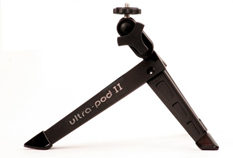 Pocket tripods are optimized only for portability. Typically, they stand only 4-8 inches tall and are used for taking quick self-portraits. Because they’re so low, they’re not designed for standing on the ground—you’ll need to find a table you can rest them on. They also don’t extend vertically, so how high or low your camera is held will be determined entirely by where you rest the tripod. The problem with this is that you typically rest them on a table or counter, which is below eye-level. For self-portraits, this results in an uncomfortably low perspective that shows the underside of everyone’s chin, making people seem heavier than they are. Pocket tripods are fairly useless except that you can literally keep them in your pocket or bag, so they’re great for carrying with you everywhere. There’s an old saying, “The best camera is the one you have with you.” The same applies for tripods. Note that most pocket tripods aren’t strong enough to support a full-sized DSLR and lens. They’re best used for small mirrorless cameras, point-and-shoot cameras, or camera phones.
Pocket tripods are optimized only for portability. Typically, they stand only 4-8 inches tall and are used for taking quick self-portraits. Because they’re so low, they’re not designed for standing on the ground—you’ll need to find a table you can rest them on. They also don’t extend vertically, so how high or low your camera is held will be determined entirely by where you rest the tripod. The problem with this is that you typically rest them on a table or counter, which is below eye-level. For self-portraits, this results in an uncomfortably low perspective that shows the underside of everyone’s chin, making people seem heavier than they are. Pocket tripods are fairly useless except that you can literally keep them in your pocket or bag, so they’re great for carrying with you everywhere. There’s an old saying, “The best camera is the one you have with you.” The same applies for tripods. Note that most pocket tripods aren’t strong enough to support a full-sized DSLR and lens. They’re best used for small mirrorless cameras, point-and-shoot cameras, or camera phones.
Monopods
Monopods are tripods with a single leg. They support the weight of your camera and virtually eliminate any camera shake; however, you can’t walk away from your camera. They’re much lighter and easier to carry than a tripod, making them ideal for wildlife photographers who tire when holding a large telephoto lens, as shown in the following picture.

Many photographers will also use a monopod in the studio, because monopods eliminate camera shake while allowing the photographers to move around the studio more freely. I personally almost never use a monopod. However, my wife, Chelsea, is much smaller than I am and can get tired when using telephoto lenses. Therefore, she prefers to use a monopod in the studio. As small as she is, Chelsea still hates using a monopod for wildlife, because it limits your ability to follow flying birds.
Specialized
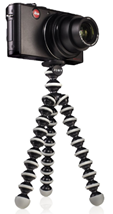 You can also buy several types of specialized tripods. The two types I commonly use are:
You can also buy several types of specialized tripods. The two types I commonly use are:
- Suction cups. You can use suction cup tripods to mount your camera to a car or glass—these are extremely useful for video inside or outside of a moving car. That sounds scary, but I’ve spent hours driving with cameras stuck to the inside and outside of my car, at highway speeds, and never even had a close call. Fat Gecko makes a series of excellent suction cup tripods. Use them at your own risk, however!
- Flexible legs. GorillaPod makes a series of tripods with legs that are so flexible you can bend them into any shape you want, or even wrap them around a pole. While cool, I don’t find myself using them very often.
These are just two examples—you can purchase specialized tripods that allow you to stabilize your camera in just about any situation.

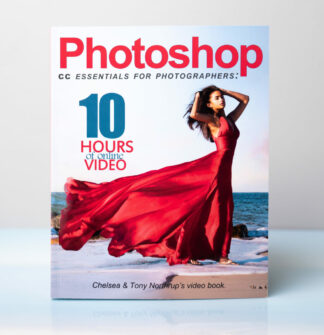
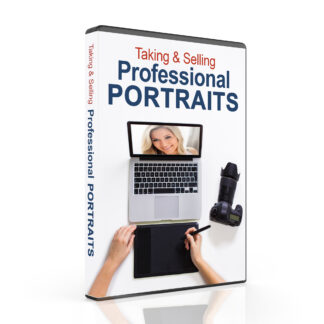
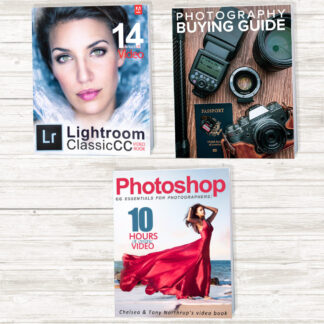
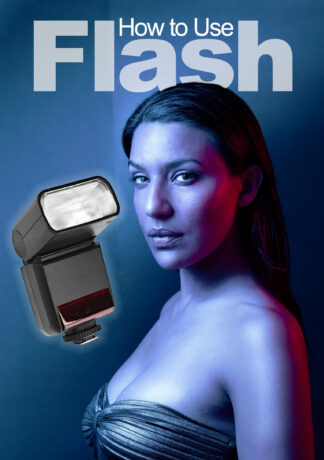
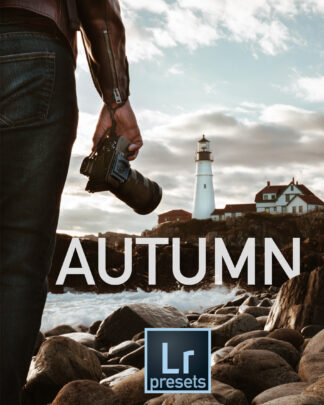
Comments are closed.